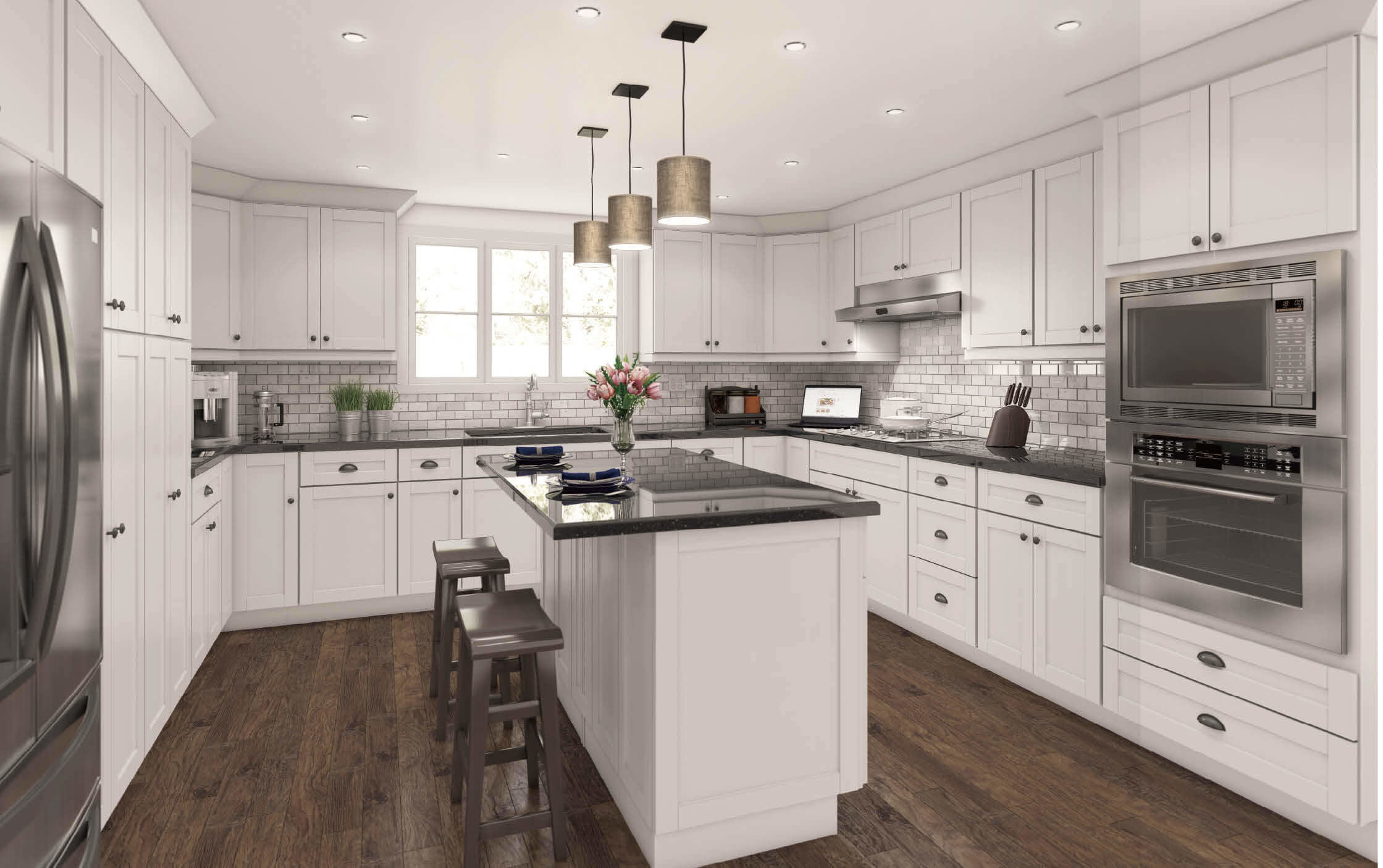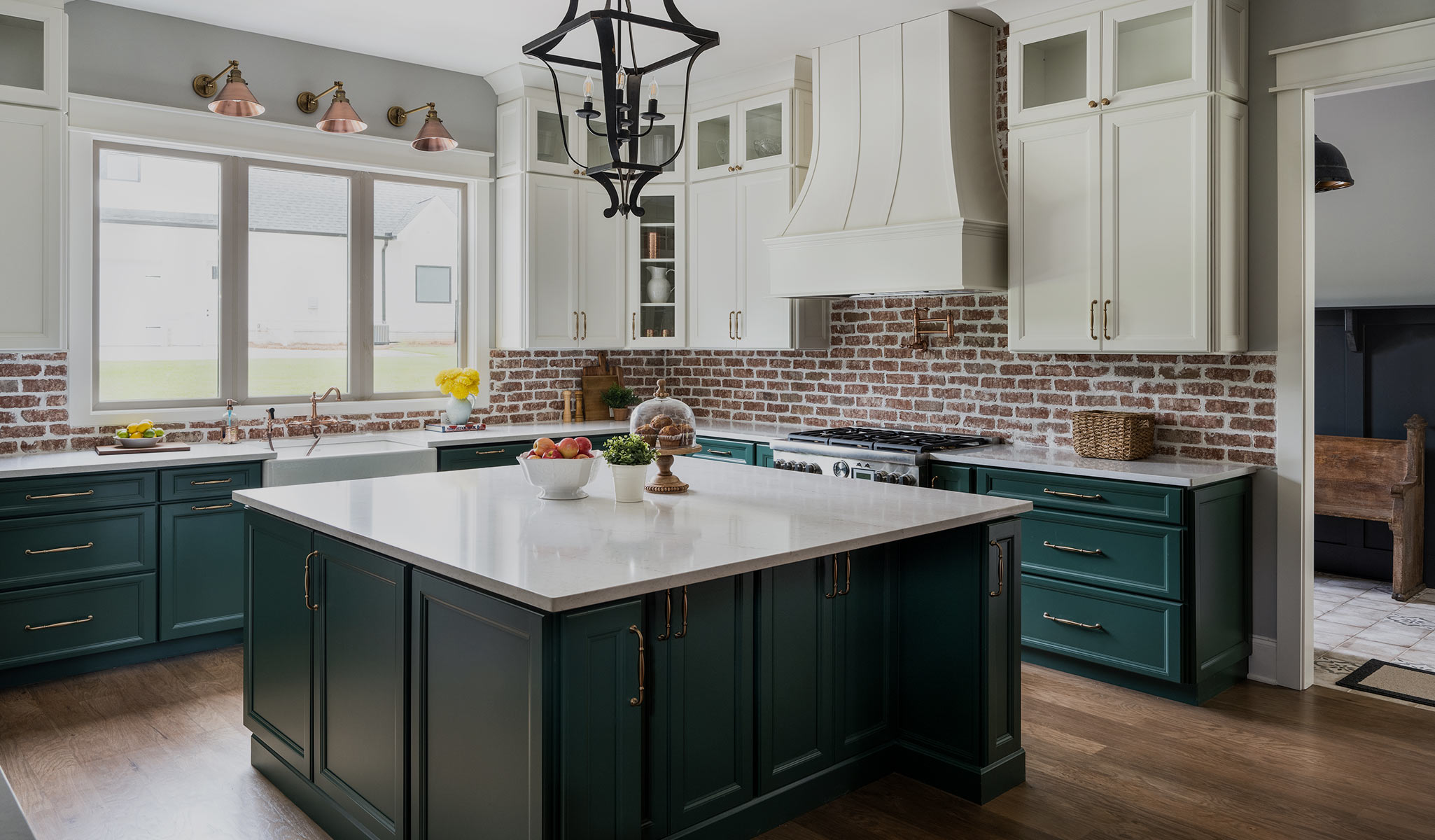Types of Kitchen Cabinet End Units

Kitchen cabinet end units are essential components of a well-designed kitchen, offering valuable storage space and aesthetic appeal. They are typically placed at the ends of cabinet runs, providing a seamless transition and maximizing the use of available space. End units come in various styles and configurations, each with its own set of advantages and disadvantages.
Corner Cabinets
Corner cabinets are specifically designed to utilize the often-wasted space in kitchen corners. They offer a unique storage solution, maximizing vertical space and providing easy access to items that might otherwise be difficult to reach. Corner cabinets can be designed in various configurations, including lazy susans, pull-out shelves, and carousels.
- Lazy Susan: This type of corner cabinet features a rotating platform, making it easy to access items stored in the back. It’s ideal for storing frequently used items like spices, condiments, or small appliances.
- Pull-Out Shelves: Corner cabinets with pull-out shelves provide easy access to items stored in the back. The shelves can be customized to accommodate different items, making it an efficient and versatile storage solution.
- Carousels: Corner cabinets with carousels are similar to lazy susans but offer more storage space. The carousel rotates on a central axis, allowing easy access to items stored in the back. They are ideal for storing bulky items like pots, pans, or baking sheets.
Pantry Cabinets
Pantry cabinets are large, freestanding cabinets that provide ample storage space for dry goods, canned goods, and other pantry items. They are typically located in a dedicated pantry area but can also be incorporated into the main kitchen layout.
- Walk-In Pantry: Walk-in pantries offer the most storage space and are ideal for larger kitchens. They are essentially small rooms dedicated to food storage, allowing for easy access and organization.
- Reach-In Pantry: Reach-in pantries are smaller than walk-in pantries but still provide ample storage space. They are typically accessed through a door and offer a more compact storage solution.
Appliance Garages
Appliance garages are specialized cabinets designed to house small appliances, such as blenders, food processors, or toasters. They provide a convenient and organized way to store these appliances, keeping them out of sight while still being easily accessible. Appliance garages can be integrated into existing cabinet runs or designed as standalone units.
- Pull-Out Shelves: Appliance garages with pull-out shelves offer easy access to appliances, allowing them to be pulled out and used without having to move them from the cabinet. This is especially helpful for appliances that are used frequently.
- Swing-Out Doors: Appliance garages with swing-out doors offer a more traditional approach to storage. The doors open outwards, providing easy access to the appliances inside. This type of garage is suitable for appliances that are not used as frequently.
Materials
Kitchen cabinet end units are typically made from durable materials that can withstand the rigors of daily use. Some of the most common materials include:
- Wood: Wood is a popular choice for kitchen cabinets, offering a classic and elegant look. It is also a durable material that can be stained or painted to match the kitchen’s decor.
- Laminate: Laminate is a more affordable option than wood, offering a wide range of colors and patterns. It is also easy to clean and maintain.
- Metal: Metal cabinets are becoming increasingly popular, offering a modern and sleek look. They are also durable and resistant to moisture and scratches.
Advantages and Disadvantages
Each type of kitchen cabinet end unit offers its own set of advantages and disadvantages.
- Corner Cabinets: Corner cabinets offer excellent storage space but can be challenging to access, especially for lazy susans and carousels. They can also be difficult to clean.
- Pantry Cabinets: Pantry cabinets offer ample storage space and are easy to access. However, they can be bulky and take up significant floor space.
- Appliance Garages: Appliance garages provide a convenient and organized way to store small appliances. However, they can be limited in storage capacity and may not be suitable for all appliances.
Features and Functionality

Kitchen cabinet end units offer a variety of features designed to maximize storage space and enhance functionality. These units are often equipped with shelves, drawers, pull-out trays, and dividers, providing a flexible and organized system for storing kitchen essentials.
Types of Features
The specific features of an end unit can vary depending on its size, design, and intended use. Some common features include:
- Shelves: Adjustable shelves provide versatile storage options for various items, from pots and pans to plates and bowls. They allow for customization to accommodate items of different heights.
- Drawers: Drawers are ideal for storing smaller items, such as utensils, spices, or baking supplies. They offer easy access and keep contents organized and concealed.
- Pull-out Trays: Pull-out trays, often found in base cabinets, provide convenient access to frequently used items. They can be used for storing pots and pans, cutting boards, or baking sheets.
- Dividers: Dividers can be used to create compartments within shelves or drawers, further organizing and maximizing storage space. They help to keep items separated and prevent them from shifting or becoming tangled.
Comparison of End Unit Features
The following table compares the features of different end units and their suitability for specific kitchen needs:
| End Unit Type | Features | Suitability | Corner Cabinet | Rotating shelves, lazy Susan, pull-out shelves | Ideal for maximizing corner space, storing bulky items | Tall Pantry Cabinet | Adjustable shelves, pull-out drawers | Perfect for storing dry goods, canned goods, and other pantry staples | Base Cabinet with Drawers | Multiple drawers, dividers | Excellent for storing utensils, cookware, and other kitchen essentials | Wall Cabinet with Shelves | Adjustable shelves, glass doors | Suitable for storing dishes, glasses, and other decorative items |
|---|
Customization for Optimal Functionality
End units can be customized to optimize storage and functionality based on individual kitchen layouts and needs. Some customization options include:
- Adding accessories: Accessories such as spice racks, wine racks, and utensil organizers can be added to enhance storage and organization.
- Choosing cabinet depth: Deeper cabinets provide more storage space, while shallower cabinets can be more accessible in smaller kitchens.
- Selecting door styles: Different door styles, such as solid, glass, or louvered, can enhance the aesthetics and functionality of the end unit.
Installation and Design Considerations: Kitchen Cabinet End Unit

Installing and designing kitchen cabinet end units effectively involves careful planning and execution. Proper installation ensures a secure and functional end unit, while design considerations ensure it seamlessly integrates into your existing cabinetry and enhances your kitchen’s overall aesthetics.
Installation Process
Installing a kitchen cabinet end unit requires specific tools and materials, and a step-by-step process ensures a successful outcome.
- Tools and Materials:
- Level
- Tape measure
- Pencil
- Screwdriver
- Drill with drill bits
- Stud finder
- Safety glasses
- Work gloves
- Cabinet screws
- Cabinet end unit
- Optional: Shims, wood glue, caulk
- Step 1: Preparation
- Clear the area around the installation site, ensuring a safe workspace.
- Locate studs in the wall using a stud finder to ensure secure attachment.
- Measure the space where the end unit will be installed to ensure proper fit.
- If necessary, adjust the end unit’s dimensions to fit the space precisely.
- Step 2: Attaching the End Unit
- Position the end unit against the wall, ensuring it is level and flush with the adjacent cabinets.
- Use a pencil to mark screw locations on the wall.
- Drill pilot holes at the marked locations to prevent splitting the wall material.
- Attach the end unit to the wall using screws, ensuring they are securely fastened into the studs.
- If necessary, use shims to adjust the end unit’s level and alignment.
- Step 3: Finishing Touches
- After securing the end unit, apply wood glue or caulk to seal any gaps between the unit and the wall or adjacent cabinets.
- Allow the glue or caulk to dry completely before applying any finishing touches.
- If necessary, paint or stain the end unit to match the existing cabinetry.
Integrating End Units into Existing Kitchen Cabinetry
Seamless integration of end units into existing cabinetry requires careful consideration of factors such as style, material, and finish.
- Style and Design Consistency:
- Choose an end unit that complements the style and design of your existing cabinetry.
- Match the door and drawer styles, frame profiles, and hardware to ensure a cohesive look.
- Consider using the same material and finish for the end unit as the existing cabinets.
- Matching Materials and Finishes:
- Ensure the end unit’s material and finish match or complement the existing cabinets.
- For example, if your cabinets are made of maple wood with a natural finish, select a maple end unit with a similar finish.
- If your cabinets have a painted finish, choose an end unit with a matching paint color and sheen.
- Addressing Existing Cabinetry:
- If your existing cabinets have crown molding or other decorative elements, consider incorporating similar details into the end unit.
- Ensure the end unit’s dimensions align with the existing cabinet heights and depths for a seamless transition.
- If the existing cabinets have a specific configuration, such as corner cabinets, consider using an end unit that complements this configuration.
Incorporating End Units into Various Kitchen Layouts, Kitchen cabinet end unit
End units can be effectively incorporated into various kitchen layouts, enhancing functionality and aesthetics.
- Small Kitchens:
- End units can create a sense of closure and define the kitchen space in smaller kitchens.
- They can be used to house appliances, create additional storage, or provide a dedicated workspace.
- Consider using a shallow end unit to maximize space and avoid obstructing walkways.
- Open-Plan Kitchens:
- End units can be used to visually separate the kitchen from other areas in open-plan layouts.
- They can be designed with open shelves or glass doors to maintain a sense of openness.
- Consider using a taller end unit to create a focal point and define the kitchen area.
- Galley Kitchens:
- End units can be used to create a sense of balance and symmetry in galley kitchens.
- They can be placed at the end of each run of cabinets, providing additional storage and functionality.
- Consider using a smaller end unit to avoid obstructing the narrow space in galley kitchens.
The kitchen cabinet end unit, a seemingly simple structure, holds within it the potential for transformation. It’s a blank canvas, awaiting the touch of your creativity. After you’ve painted your cabinets, the next step is to hang the doors, and how to hang cabinet doors after painting is a process that requires patience and precision.
Once the doors are hung, the end unit will become a testament to your dedication and the embodiment of your vision, adding a touch of grace and functionality to your kitchen space.
The kitchen cabinet end unit, often overlooked, holds a secret potential for spiritual connection. Imagine the ease of accessing its contents with a cabinet door lift assist , allowing you to effortlessly reach for those forgotten spices and rediscover the forgotten joy of preparing a nourishing meal.
This simple act of mindful access to the tools of sustenance can be a meditation in itself, reminding us of the blessings that surround us.
